 Viewgraph 1
Viewgraph 1
 Copyright © Michael Richmond.
This work is licensed under a Creative Commons License.
Copyright © Michael Richmond.
This work is licensed under a Creative Commons License.
p = (mass) * (velocity)
It is a vector quantity, and the total linear momentum of
a bunch of objects will remain the same, before and after
a collision.
impulse = (force) * (time)
if the force has a constant magnitude during its action.
If the force changes with time, then one must integrate
to find the impulse:
/
impulse = | (force) dt
/
(change in momentum) = (impulse)
p - p = (force) * (time)
final initial
m*v - m*v = (force) * (time)
final initial
 Viewgraph 1
Viewgraph 1
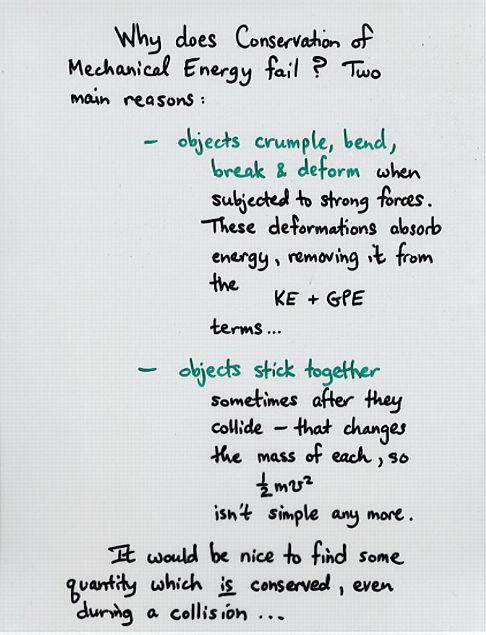 Viewgraph 2
Viewgraph 2
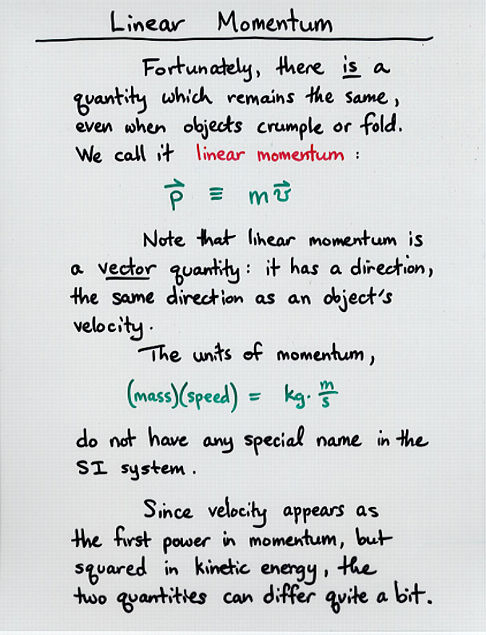 Viewgraph 3
Viewgraph 3
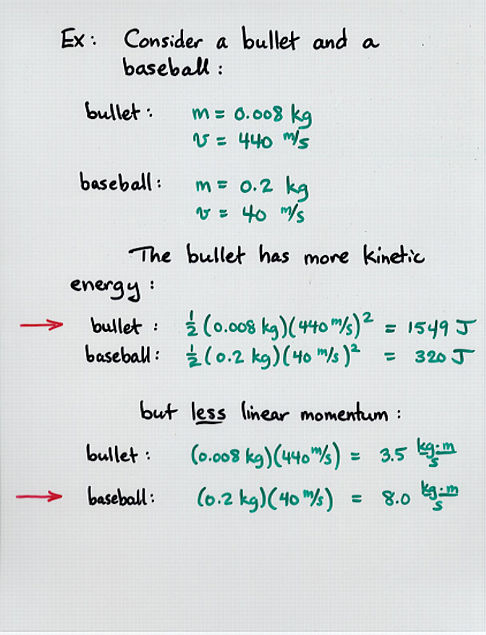 Viewgraph 4
Viewgraph 4
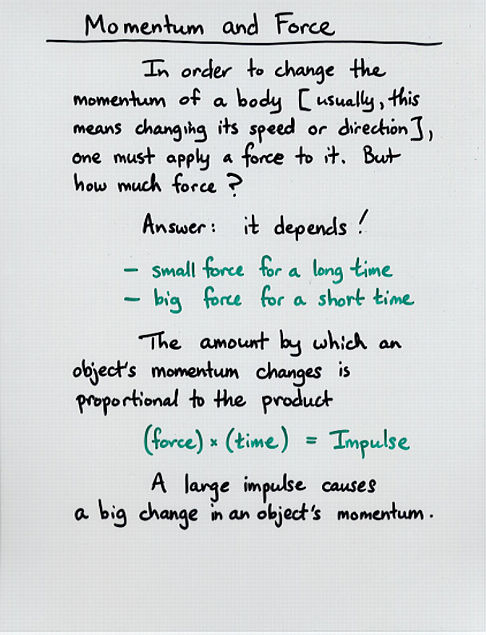 Viewgraph 5
Viewgraph 5
 Viewgraph 6
Viewgraph 6
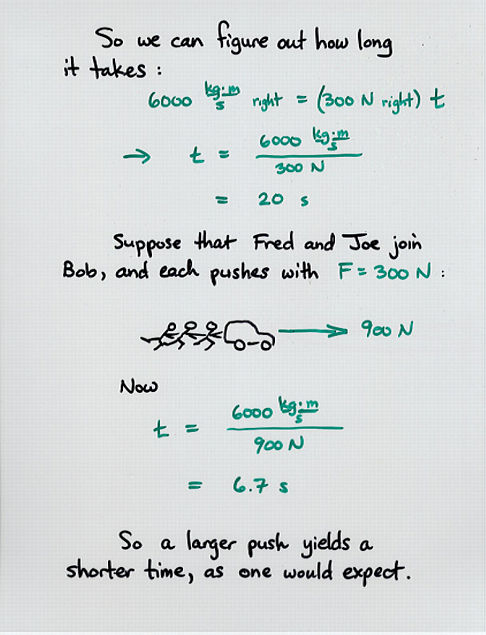 Viewgraph 7
Viewgraph 7
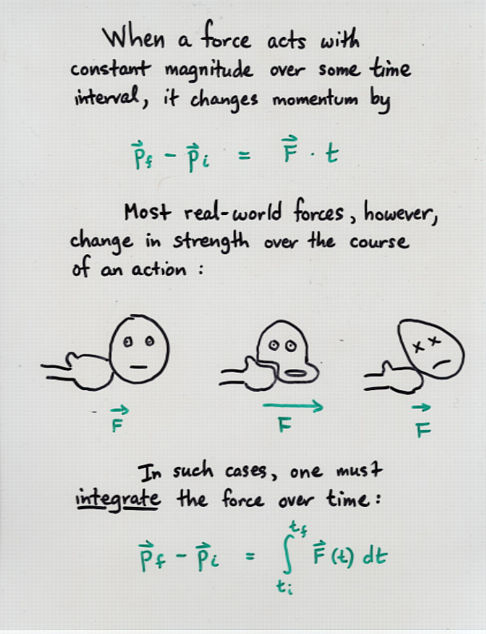 Viewgraph 8
Viewgraph 8
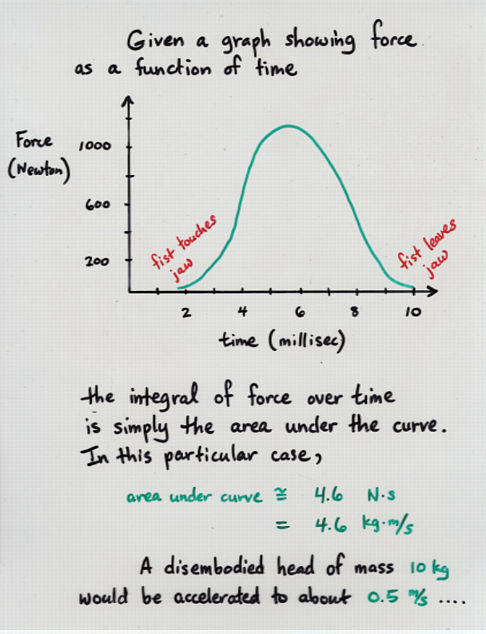 Viewgraph 9
Viewgraph 9
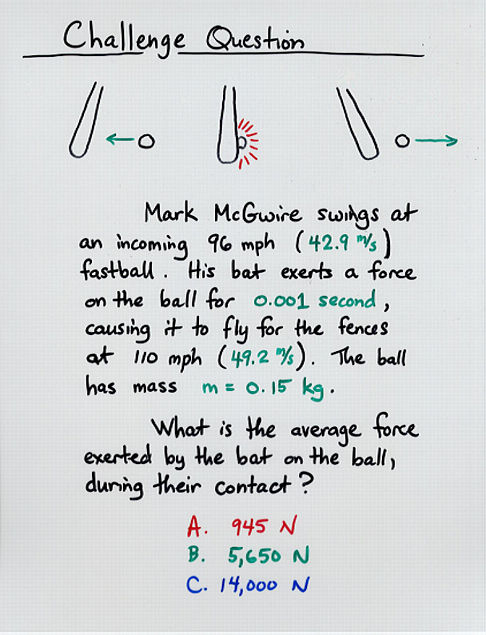 Viewgraph 10
Viewgraph 10
 Copyright © Michael Richmond.
This work is licensed under a Creative Commons License.
Copyright © Michael Richmond.
This work is licensed under a Creative Commons License.